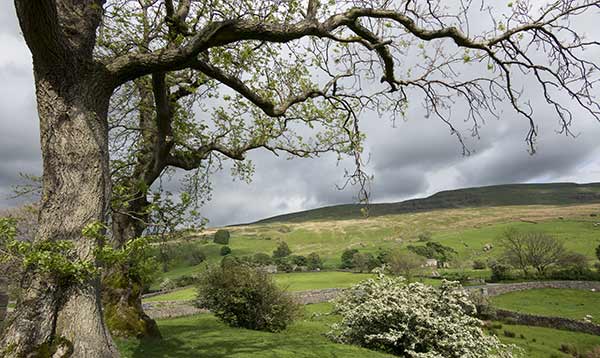Tenant farmers call for major tax change to increase FBT terms
 ©David Muscroft/Rex
©David Muscroft/Rex The Tenant Farmers Association (TFA) is launching a campaign aimed at doubling the average length of Farm Business Tenancies (FBTs) offered by landowners, which includes a call for changes to the tax regime.
The campaign coincides with 20th anniversary year of the introduction of FBTs, which came into effect on 1 September 1995.
The TFA said FBTs had been introduced to promote economic efficiency in agriculture but the average length of term on new tenancies was only four years.
See also: How to manage your rent review with your landlord
TFA national chairman Stephen Wyrill said: “Four years is no time at all if we want to see sustainable farm businesses.
“We have seen significant volatility in all agricultural sectors with particularly severe downturns in profitability for dairy, livestock and arable farms in 2014. That reduction in profitability looks set to continue for the foreseeable future.
“Farm businesses need long-term security to ride these economic storms and to service the borrowing necessary to support business development.”
The TFA claims landlords are using short-term agreements to maintain maximum flexibility but leaving tenants in very difficult situations and with little incentive for investment.
It says with much higher demand than supply, landlords can offer short-terms, for high rents at very little risk and obtain, into the bargain, 100% agricultural property relief from inheritance tax.
The TFA is therefore using 2015 to argue for further reform, particularly to the taxation environment within which landowners make decisions about letting.
“If landlords want to let on a short-term basis they should be able to do so but without the advantage of significant tax benefits,” said Mr Wyrill.
“The TFA suggests that only those land owners prepared to let for 10 years or more should be in receipt of the generous advantage of agricultural property relief from inheritance tax.
“At the same time, the government should clamp down more heavily on those owners of land who are using other vehicles – such as share farming, contract farming, share partnerships and grazing licences – as thin veneers of trading activity to gain tax advantage when in practice they are taking no risk, having no entrepreneurial input and lacking any management control.”
But the Country Land and Business Association challenged the TFA’s position. Chief surveyor Andrew Shirley said: “The four-year average tenancy length refers predominantly to smaller areas of bare land often let to neighbouring farmers, not new entrants or new businesses.
“When looking at proper farm units consisting of a house, buildings and land, the length of time is close to Mr Wyrill’s 10-year target so we are nearly there.
“The length of the tenancies and the rent are all products of a freedom of contract that was not available 21 years ago and has lead to a great increase in the amount of let land with the terms dictated by the needs of both parties, and the flexibility needed for UK agriculture.
“Mr Wyrill is mistaken if he thinks tinkering with agricultural property relief [APR] will lengthen the term of tenancies,” he added. “Instead it will return the tenanted sector to the 1980s when the maximum letting agreement would be 11 months, and any vacant land would be farmed in hand.
“APR has done more to encourage the letting of agricultural land than any other fiscal policy. If taxation reform is needed, the government should look at extending business property relief to cover the diversified let estate.”
